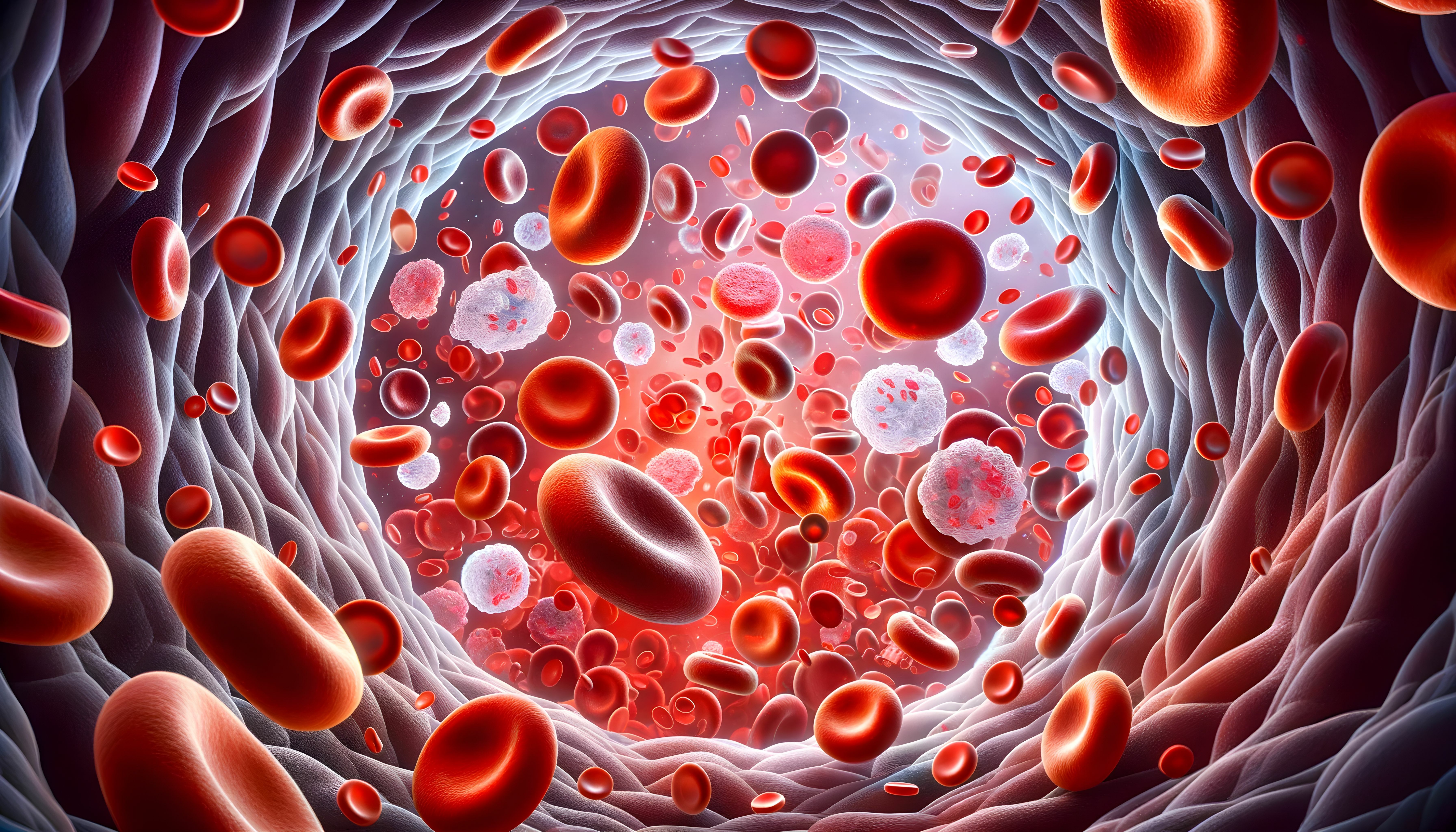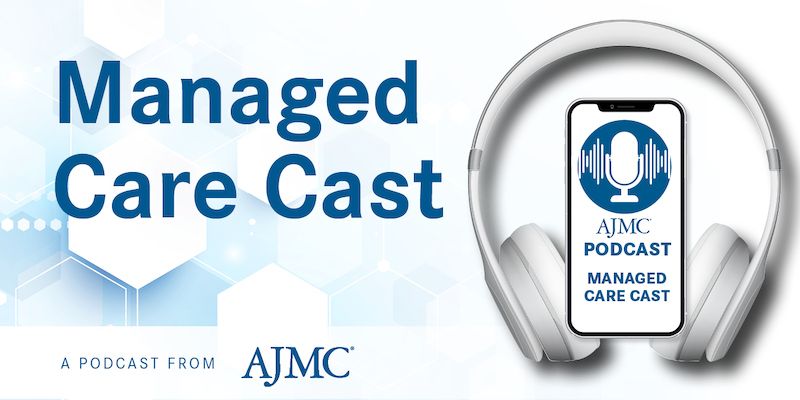News
Video
Cyclosporine Ophthalmic Solution 0.09% Effective, Safe in Treating Dry Eye
Author(s):
Michelle Hessen, OD, spoke about the results of a new study evaluating the efficacy of cyclosporine ophthalmic solution 0.09% in patients with dry eye.
Michelle Hessen, OD, assistant professor of ophthalmology at the Wilmer Eye Institute at Johns Hopkins Medicine, discussed how cyclosporine ophthalmic solution 0.09% (Cequa) was effective in treating patients living with dry eye, regardless of meibomian gland dysfunction, who had previously used cyclosporine ophthalmic solution 0.05% (Restasis).
This transcript has been lightly edited for clarity; captions were auto-generated.
Transcript
What were the results of the study relating to cyclosporine ophthalmic solution 0.09%?
This was a phase 4, single-arm, multicenter study during which patients with uncontrolled dry eye who had been on Restasis [cyclosporine 0.05%] for greater than or equal to 3 months were then started on Cequa [cyclosporine 0.09%] dosed twice daily for 12 weeks. The data were evaluated at baseline, week 4, 8, and 12 during the course of the study, and the primary end points were to evaluate mean changes from baseline of the total corneal fluorescein staining, as well as the mSANDE [modified Symptom Assessment in Dry Eye] scores. For this secondary subgroup analysis, we were evaluating the change in corneal fluorescein staining and the change in conjunctival lissamine green staining in patients with and without meibomian gland dysfunction.
What is the significance of these findings for people living with uncontrollable dry eye?
It was determined that there was a statistically significant improvement in corneal fluorescein staining as well as conjunctival lissamine green staining at weeks 4, 8, and 12 of the study. What this means is that Cequa should be considered in patients with and without meibomian gland dysfunction for the treatment of their dry eye. During the course of the study, the safety was also evaluated, and it was found that this drop was very well tolerated and significantly improved patients’ signs and symptoms of dry eye.

The Importance of Examining and Preventing Atrial Fibrillation




